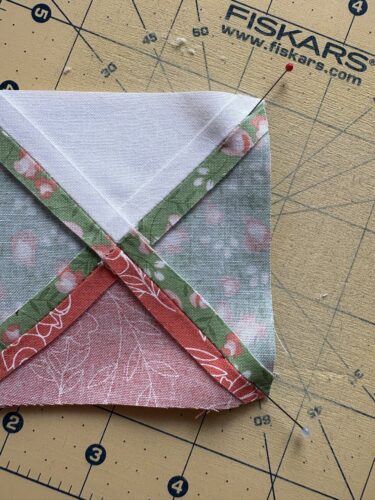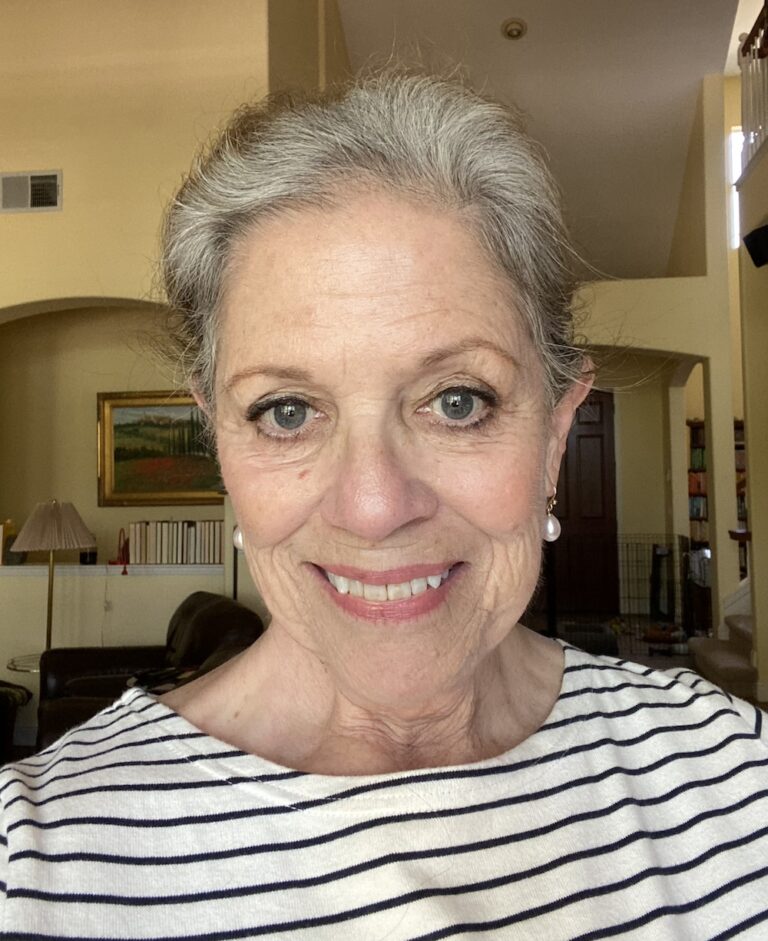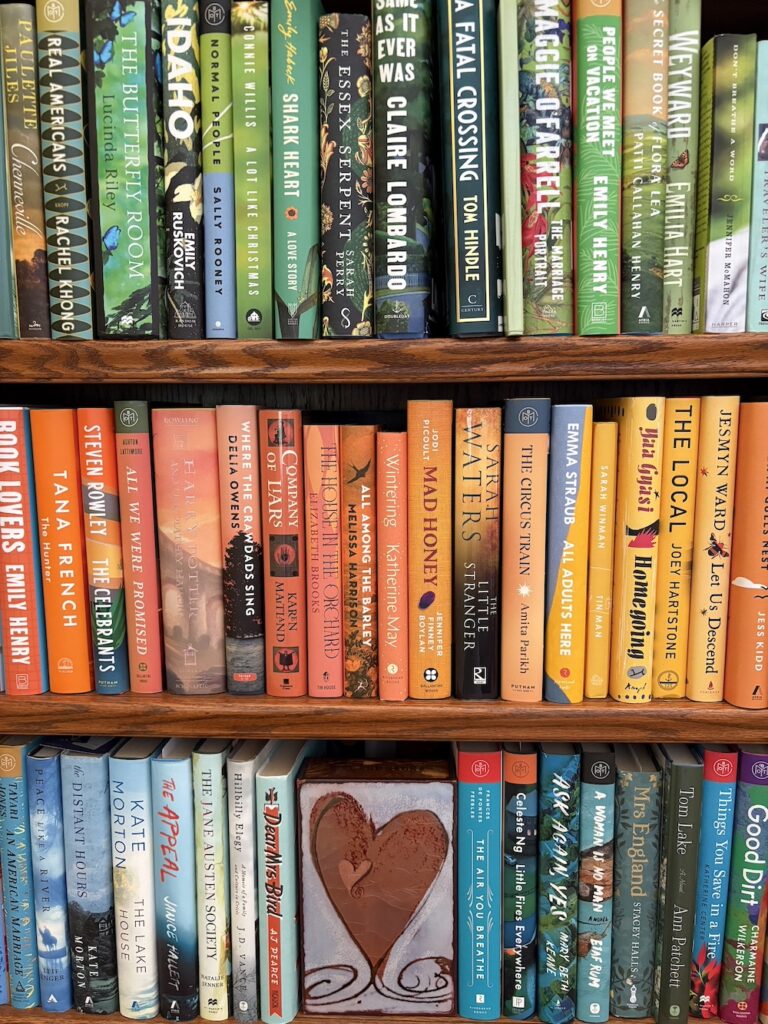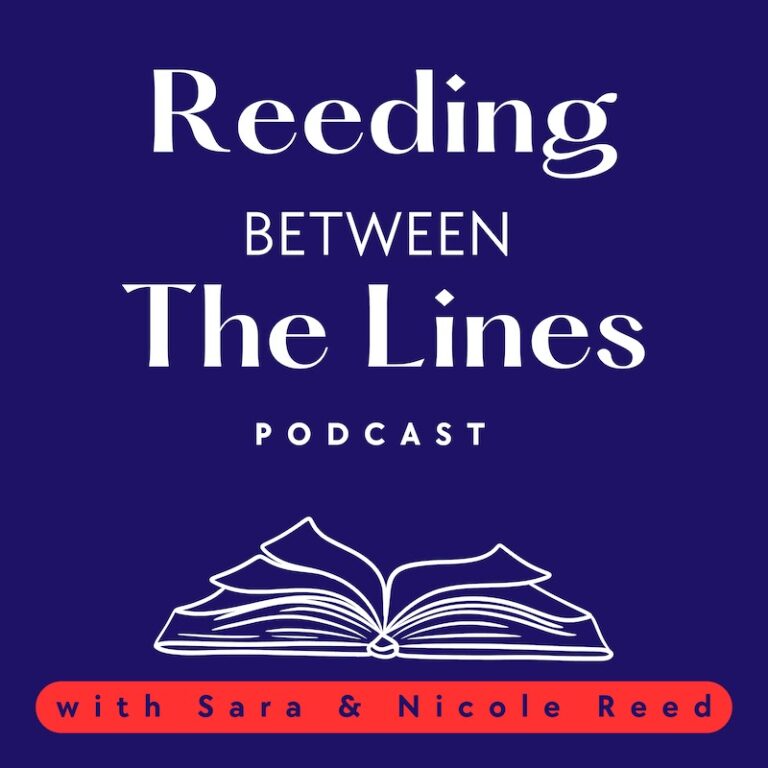
When it comes to accurate piecing, there is a lot of talk about accurate cutting and an accurate scant quarter-inch seam allowance. It is absolutely true that if you don't have those two things going for you, your piecing will not be accurate. However, there are a few other pointers I'd like to share that have helped me achieve more accurate units for my quilt blocks. Keep in mind, these tips are just things that have helped me. The quilt police aren't going to come knocking if you choose not to do these things.

I am a firm believer in starching my fabric before sewing. I use Faultless Heavy Finish Starch from Walmart and go through countless cans when prepping my fabric. The idea is to really saturate the fabric, let it dry naturally, and iron it flat before cutting it. The fabric won't be floppy and linty anymore. It will be like sewing with little paint chips or light cardboard. I believe starching really adds to accuracy in sewing. It also shrinks the fabric ever so slightly in one direction, which isn't really an issue. Just be aware that will happen.

I also think it is important to check the size of your pieced units prior to sewing them into a block. Often they will be "off" just a smidgen, but those smidgens add up. Many people (including me) like to make their block units just a bit too big, then trim down to size. You can use any old ruler for checking size and trimming the unit, but there are a number of speciality rulers that I have collected over time that I really like to use. The hourglass trim tool above is Cute Cuts by Lori Holt. They come in a slew of sizes and I have them from 2 1/2" up to 16 1/2"! Like I said, I didn't buy them all at once, that is for sure. You can line up the corner seams and the center and trim the excess away for a unit that is dead on accurate. There are tools for trimming Flying Geese units and Half Square Triangle units as well. I like the BlocLoc brand, but there are others way less expensive.

Press your seams open for a flat block. Use a wool pressing mat for even better results. Oh, and I am a big fan of steam, lots of it. I never used to bother with pressing seams open, but now that I do it nearly all the time, my blocks are so much more precise.

Use a clapper. No, that doesn't mean to have the kids stand in the doorway and cheer you on. A clapper is a wooden block that you place on a freshly ironed block or block unit. The wood absorbs the heat and some kind of magic happens that makes your seams lie even flatter. I swear by these ever since I discovered them.

Pin. I have always been a pinner. I watch quilters like Jessica Dayon who get great-looking blocks without pinning or even ironing after every step, but I am not that good. I need to pin to get those points to come out and to have my seams line up just right.
Hope you got something out of this post that might help you with more accurate piecing.

Did you notice that there might be a new project in the works?



11 Responses
Oh, my! That new block looks gorgeous!
Your accuracy is amazing. I was so grateful when I discovered starch a few years ago. It transformed my accuracy! I prewash, and I don’t know if that reduces the shrinkage of the fabric at all, but I’ve never noticed any measurable shrinkage when starching before cutting.
I can hardly wait to see your progression on your new project!
Great tips! I struggle with that ‘scant quarter inch.’ I understand the concept, but somedays my ‘scant’ is smaller larger than the day before. Fortunately, I have settings that work for my blocks. I’ve never been a starcher. But I have been noticing that I cough a bit when I’ve been on a long sewing streak, and I do think it’s the lint!
I wholeheartedly agree! The only difference in my methods is that I use Best Press heavily before cutting and every time I press. I use Flatter by Soak where multiple seams come together with one of my 3 different clappers! I have started the same project. Your points are beautiful!
Ok, you have me guessing– is it the new Flower Farm quilt by Shelly Cavanna? I’m still working on my Barn Star!
These are good tips. I think that it might be important to mention NOT pressing your block piece seams with steam, unless you are working with starched/pre-washed fabrics. I have had problems with shrinkage at this step (I don’t starch or pre-wash) so that could explain it. I like using the wool pad for pressing and I have a clapper on order.
I use Best Press before cutting my fabric. Pressing seams open does make a big difference in the flatness of my blocks & I find it’s well worth the little bit of extra time. I have the wool mat but need to look into a clapper. Thank you for sharing your tips & thoughts about accurate piecing!
Great tips! I struggle with a scant quarter inch seam. It seems like every block ends up 1/8th inch too short! A few other tips that I use are to make my seams “kiss” as much as possible to reduce bulk and so that they align much better. Also, if I need to line up 2 points on the top and bottom fabrics, I use a pin that I’ve bent into an “L” shape. I lay the pin flat and put the bent part (pointed up) through both points so that they stay lined up. That way you know where to sew and the points are not chopped off. I sew up to the pin and then remove it so that I don’t sew over it.
I also make things like flying geese, HST, bow ties, etc larger than needed and trim down to size.
I am going to try using steam. I do use a clapper for seams I press open. It helps. I forgot about using a stinky wool pressing mat. I don’t have one….I guess I will need to look into that.
Thanks for reviewing your tips for accurate piecing. I pretty much follow your methods except that I have not yet purchased a clapper. I tend to assembly line sew as much as I can and I wonder how a clapper would in that instance. Your block is beautiful both in fabrics and precision.
I love your tips! I do all of them except the heavy starching that you do (but I always do a spray of starch). I’ve seen that you heavily starch for years and have always wanted to try it, so I’m going to use your method for my next quilt. I see what a huge difference it makes! On another topic, I bought a pair of Taos sandals that you showed a few posts ago. OMG, they are the most comfortable things I’ve ever put on my feet! I’ve had a lot of trouble with foot pain when walking distances for years and am always searching for the right shoes. I owe you a debt of gratitude for telling us about these!!!
All great tips to remember! Thanks 😊